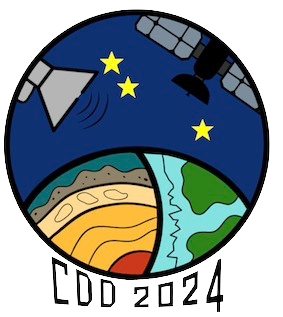Orateur
Description
Volcanic eruptions threaten neighbouring populations. The goal of volcanoes’ monitoring is therefore to anticipate the onset of eruptions and track their evolution over time in order to assist in decision-making during the crisis. This requires to detect and map changes at the surface of an erupting volcano in near-real time. Going on the field during an eruption may be very risky especially in an explosive context. Besides ground-based instruments may be inoperative or even destroyed during eruptions, and many volcanoes are not equipped with a ground-based monitoring network. In such a context, satellite imagery could help. The remarkable improvements of the Synthetic Aperture Radar (SAR) technology in terms of spatial and temporal resolution, along with its capability to image the Earth’s surface day and night, under any weather conditions (cloud cover, eruptive plume), make it the most promising technique to support co-eruptive monitoring. The Capella Space company provides high-resolution (~1 m) SAR images, allowing to observe volcanic cones, craters, lava domes or lava flows with an unprecedented level of detail. We took advantage of this fine spatial resolution to: (1) detect the topographic changes that occurred at the surface of the Piton de la Fournaise volcano, La Réunion island, between 2009 and 2021 using the Radiometric Terrain Correction (RTC) method; (2) track the growth of the lava dome that formed during the April 2023 eruption of the Shiveluch volcano, Kamchatka, using the Scale-Invariant Feature Transform (SIFT) method.

